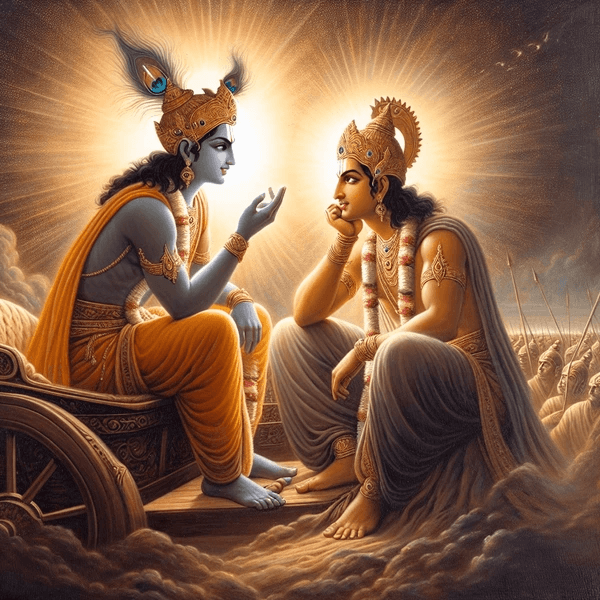Guru Parampara (Lineage of Masters)
Ancient Lineage
This unbroken lineage of enlightened gurus (masters) has preserved and transmitted the wisdom of Achalayoga through the ages:
- Sri Dakshinamurthi
- Sri Mahavishnu
- Sri Surya Bhagavan
- Sri Yajnavalkya Maharshi
- Sri Janaka Rajarshi
- Sri Shuka Maharshi
- Sri Sandipani Maharshi
- Sri Krishna Paramatma
- Sri Arjuna, Sri Uddhava









In the Srimad Bhagavad Gita, Sri Krishna Paramatma revealed the knowledge of the Absolute Brahman to Arjuna, stating: “Achaloyam Sanatanah” (The Absolute Brahman is eternal and immovable). This affirms that this wisdom belongs to the lineage of Rajarishis (royal sages of this yoga). Throughout history, various sages have illuminated this eternal truth in different forms, though only a few names have been recorded.

Lorem ipsum dolor sit amet, consectetur adipiscing elit. Ut elit tellus, luctus nec ullamcorper mattis, pulvinar dapibus leo.









- Sri Brahmananda Swami
- Sri Sahajananda Swami
- Sri Ramananda Swami
- Sri Jnaneshwar Maharaj (1275 – 1296 AD)
- Sri Ramavadhuta
- Sri Ambika Shivayogi
- Sri Niranjana Venkayarya
- Sri Thiruvengalarya
- Sri Mahayogi Vemana (1352 – 1420 AD) – Visionary poet and reformer who challenged social evils, blind superstitions, idol worship, violent sacrifices, and caste discrimination. Through thousands of Telugu poems, he spread the teachings of Achalayoga across Telugu-speaking regions.
- Sri Ramadugu Sivaramadikshitulu
- Sri Kambaluri Appa Rao
- Sri Parashurama Sitarama Swami
In the Srimad Bhagavad Gita, Sri Krishna Paramatma revealed the knowledge of the Absolute Brahman to Arjuna, stating: “Achaloyam Sanatanah” (The Absolute Brahman is eternal and immovable). This affirms that this wisdom belongs to the lineage of Rajarishis (royal sages of this yoga). Throughout history, various sages have illuminated this eternal truth in different forms, though only a few names have been recorded.
Ancient Lineage
- Sri Dakshinamurthi
- Sri Mahavishnu
- Sri Surya Bhagavan
- Sri Yajnavalkya Maharshi
- Sri Janaka Rajarshi
- Sri Shuka Maharshi
- Sri Sandipani Maharshi
- Sri Krishna Paramatma
- Sri Arjuna, Sri Uddhava, and others
